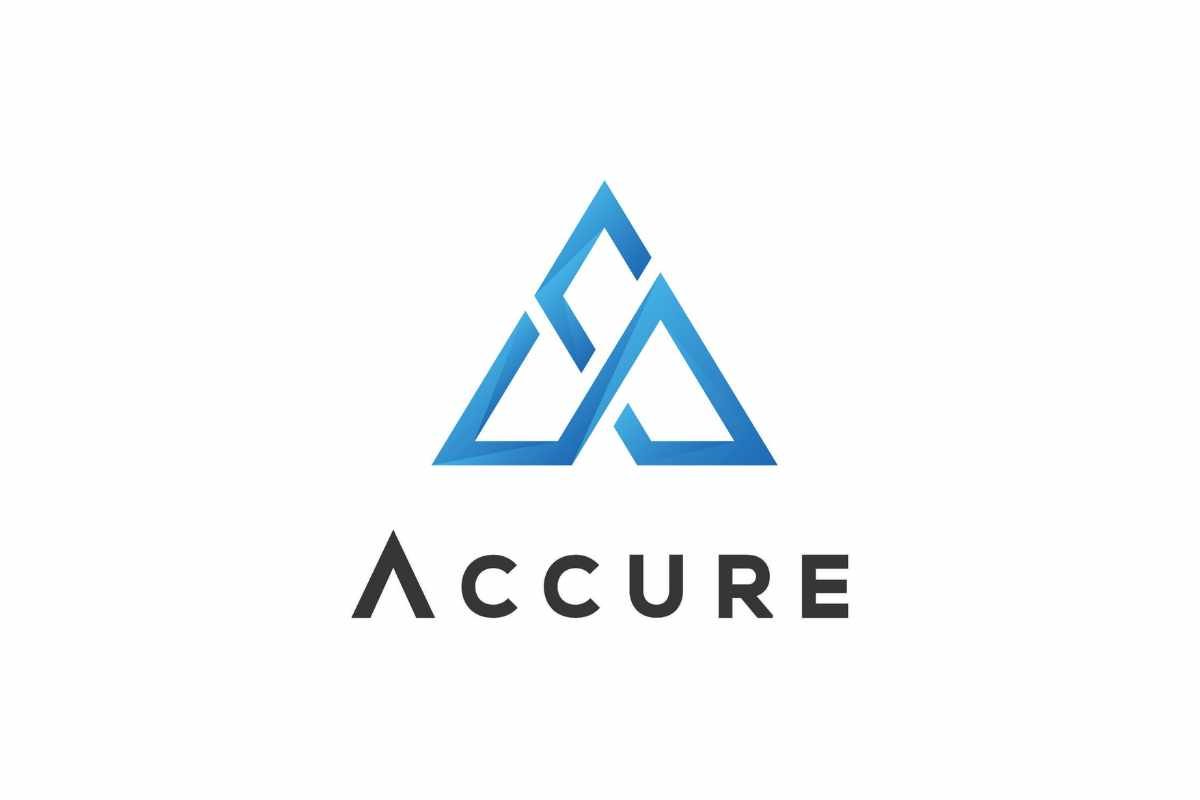The global spread of COVID-19 highlighted the need for responsive and robust MedTech and Supply Chains across many industries, including MedTech. We gained a new appreciation for the importance of properly functioning medical equipment and its many moving components.
When a member of my family became infected and required a respirator, the severity of the situation struck home. Due to his good fortune, he made it through the ordeal, as a machine was readily accessible. However, he probably wouldn’t have been able to wait around for another day. It made me consider just how many people’s lives are impacted on a daily basis by problems with MedTech and Supply Chains and the accessibility of appropriate equipment in hospitals and clinics.
As healthcare grows closer to the patient, we depend on a wide variety of medical equipment, including respirators, in hospitals, clinics, and, increasingly, the patient’s own home. These devices are an integral element of our healthcare system and are used for everything from imaging and ECG monitoring to blood sugar and pulse oximetry. Loss of life may result from interruptions in their supply or upkeep.
The MedTech and Supply Chains are quite intricate;
The MedTech and Supply Chains for dialysis equipment are a good case in point. The producer is responsible for sourcing the necessary hardware, electrical, and software. Each machine is made up of thousands of pieces arriving through multiple supply networks. In addition, there are single-use items including dialyzers, concentrates, and bloodlines. The inventory of these machines must also be controlled. The machines also need to be transported and serviced when they break or need routine maintenance.
Planning and anticipating demand, visibility, tracing, and in certain circumstances, temperature control, time-certain delivery, and documentation are all essential for ensuring regulatory compliance. In addition, businesses must coordinate with their suppliers, their production network (whether it be internal or external), and their logistical partners.
Other difficulties exist for the MedTech industry. More fluctuating demand, a trend to link and tailored solutions in favor of conventional goods, and a continual push to cut costs and asset intensity. In addition to this, they need to provide full transparency to all parties involved in the healthcare delivery process and fulfill the ever-changing security and regulatory standards. There are a lot of variables to keep track of there.

At the same time, the MedTech and Supply Chains are expected to become a growth driver for MedTech businesses. This is in addition to its more standard function, which is to ensure efficiency, which is currently assumed. To this end, companies look to their chief supply chain officers and their teams to do the following: Facilitate the adoption of innovative practices.
This includes services around goods, solutions, linked products, new geographies, direct-to-consumer, and as-a-service models, among other things. It also demands utilizing platforms, robots, the Internet of Medical Things (IoMT), artificial intelligence and machine learning (AI/ML), virtual reality (VR), and more. Through all of this, the supply chain can assist a MedTech firm turn itself into a connected solutions company—one that is focused on solutions, combinations of goods and services, and backed by user-friendly platforms. The supply chain’s primary role has expanded to include not just product design, development, and distribution but also the complete product ecosystem of services and connections.
1. Improve your focus on your patients and your customers.
This entails ensuring sure the appropriate diagnostic and therapeutic tools are accessible to the appropriate healthcare providers and patients at the appropriate time and place and at an appropriate cost.
Improve flexibility and resilience. The pandemic has shown us that the MedTech and Supply Chains must manage suppliers, increase visibility, and engage the relevant teams at factories and delivery hubs, all while keeping in mind that the future of work will be different from what we have now.
2. Continue to optimize costs and achieve operational excellence.
The MedTech and Supply Chains may achieve breakthrough performance and operational excellence with a zero-based strategy. In order to achieve this aim of continual optimization, it is necessary to think about the footprint strategy, what to make vs purchase, where collaborations might be helpful, and the potential value of mergers and acquisitions (M&A).

Enhance long-term viability at every stage of production. Check out what my associate Kris Timmermans has to say about the subject to learn more about why this is so important.
3. Addressing these difficulties requires a supply network designed for the future.
Technology-driven MedTech and Supply Chains models (artificial intelligence (AI), cloud, and internet of things (IoT) enabled) with end-to-end digitized and transformed processes that harness data and analytics at scale are being used by industry leaders to meet this challenge.
In addition, they optimize talent in their supply chains via the use of human+machine cooperation and the use of knowledge workers undertaking judgment-based work (as opposed to manual and repetitive processing) to provide a scalable, adaptable workforce. They employ asset-light approaches and a network of partners to concentrate on core competencies and produce value in their supply chains.
Last-mile delivery and after-sales MedTech and Supply Chains management for servicing medical devices like dialysis machines, CT scanners, and MRI machines are prime illustrations of the potential at hand. In order to maintain machines in hospitals and other care facilities operational, for example, technicians need to have replacement parts and other consumables delivered to the facility on time so that they may be installed and used by the machine’s operator.
Sadly, it is fairly uncommon for the technician to have to try and repair the machinery many times before finally succeeding. Critical hospital and care center capacity is reduced, the cost to serve is high, and there is no visibility or control over the stock of necessary service components because of these outages.
The after-sales MedTech and Supply Chains model of the future will revolutionize the service engineer, technician, and patient experience and drastically reduce response times. By speaking into a voice assistant equipped with natural language processing, a technician repairing a dialysis machine may reorder consumables, PPE, and replacement components and have them reimbursed to their account instantly.
In addition, it is possible to select the schedule of delivery with the option of accepting shipments at the technician’s house, the hospital, or a suitable storage lock. In response to incoming maintenance work orders, the system automatically changes inventory levels and reschedules delivery based on projections of future demand for repair parts made using sophisticated AI-based models. That way, the technician can fix dialysis equipment without running into any snags.
For healthcare workers, the experience also becomes seamless. When a dialysis machine breaks down, a service order may be made immediately using a website that lists available technicians, their schedules, and estimated wait times for completing the repair. In order to give the best possible after-sale service, the order is automatically entered into the system, the appropriate technician is alerted, and the service parts are dispatched quickly.
4. With the right technology and network of collaborators, we can solve any problem.
To realize the full potential of this new model and its tremendous value for MedTech companies, it is necessary to combine digital control tower capabilities to orchestrate the flow of service parts with an ecosystem of partners to support the management of inventory and fulfillment of service parts. However, as we have shown, improving the whole process, from service parts demand forecasting through inventory management and last-mile delivery, may also be very beneficial for healthcare providers and patients.

More and more organizations are embracing an asset-light strategy for after-sales service—working with a partner utilizing an as-a-service model. This is one option to lower the fixed expenses of having a workforce and assets to manage or coordinate all the after-sales supply chain operations. Many businesses already use this strategy when sourcing replacement components for their products. What is novel is executing it at scale with a revolutionary future-ready paradigm that uses state-of-the-art control tower capabilities, complete visibility, and best-in-class delivery partners.
Future-ready last-mile capabilities will also allow the optimization of other MedTech and Supply Chains, such as the distribution of consumer MedTech goods, as MedTech shifts its emphasis to direct-to-consumer solutions. And the administration of dispersed medical equipment inventories such as orthopedics implants and surgical kits.
Also read: 5 Ways MedTechs Can Boost Growth with Cloud.











